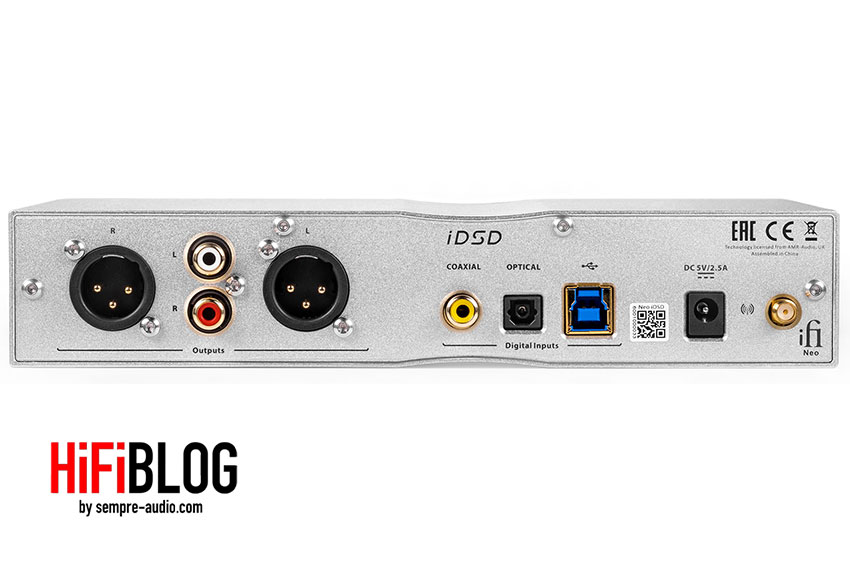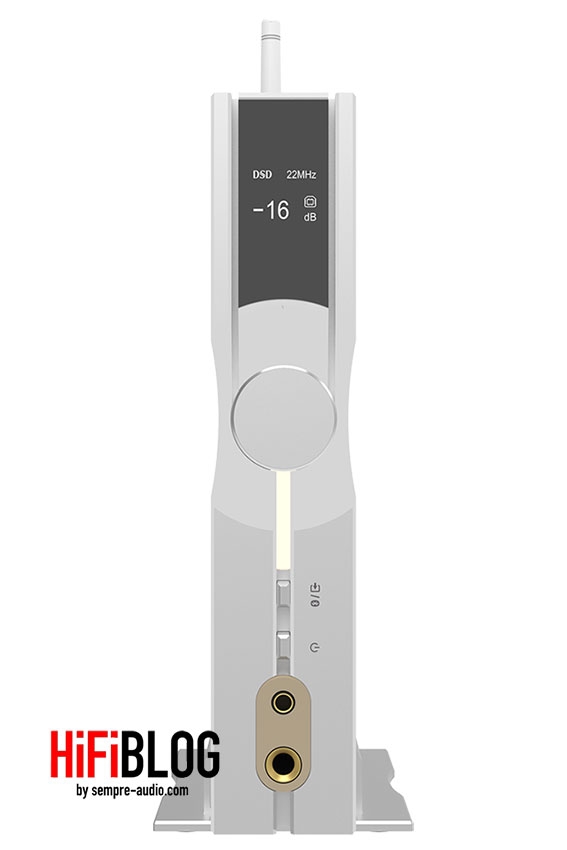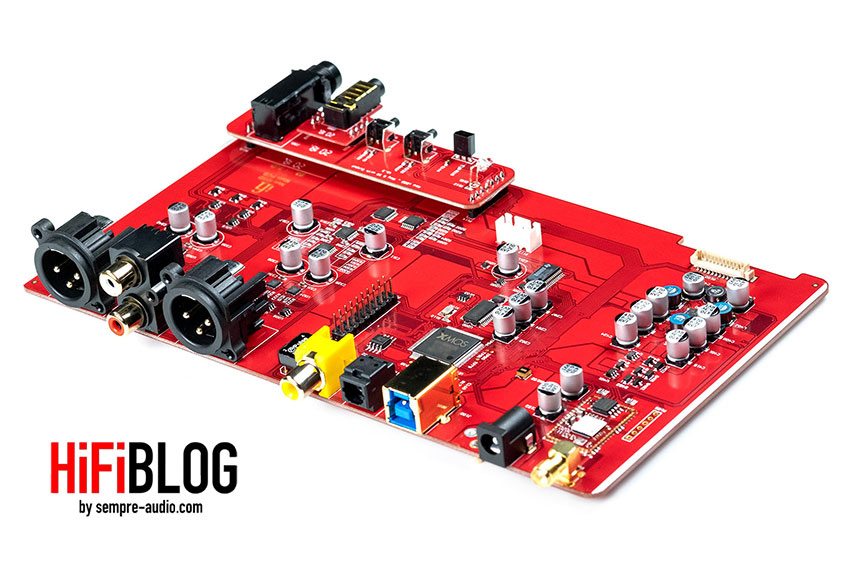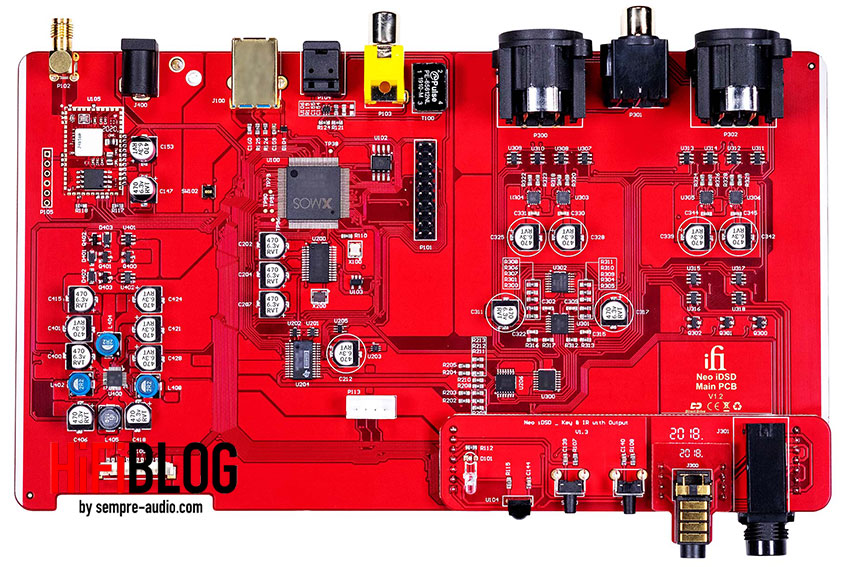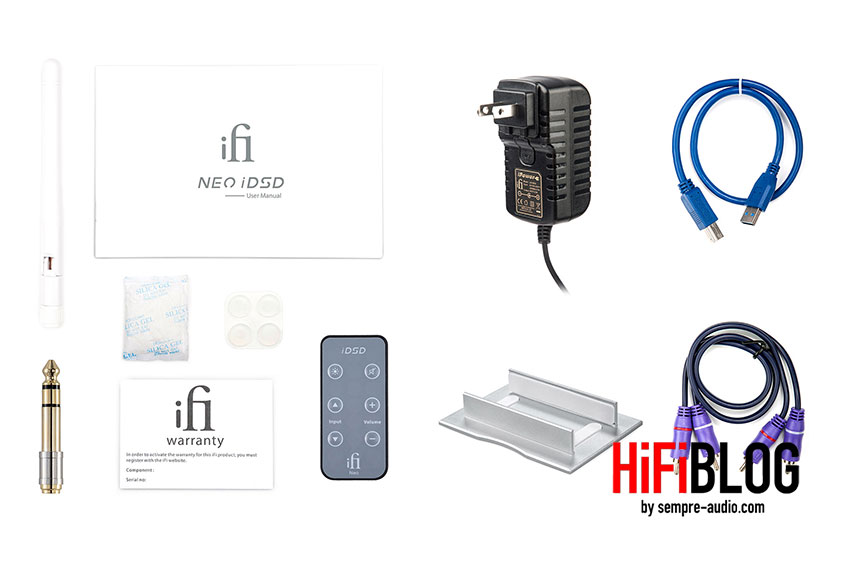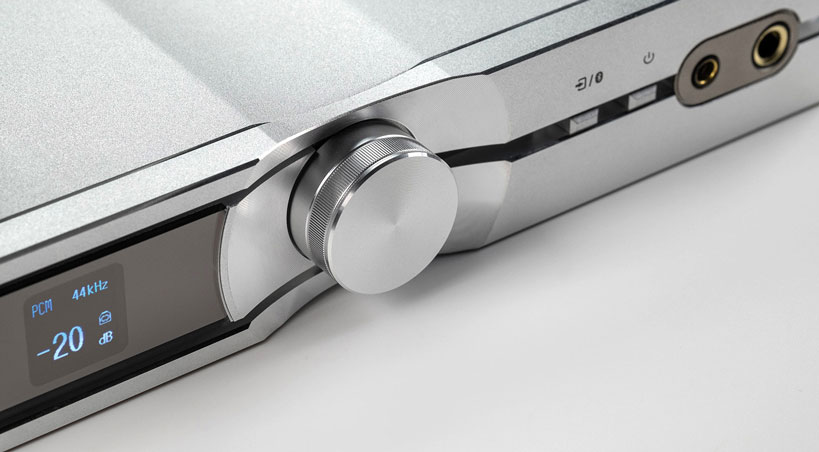
iFi Audio NEO iDSD – Three-in-one DAC and preamplifier
The company iFi Audio promises a new generation of digital sound for the latest iFi Audio NEO iDSD, which once again combines D/A converter, preamplifier and headphone amplifier, making it a particularly flexible solution for a wide range of different tasks.
The company iFi Audio is one of those specialists who, for years and years, have been working on a wide variety of solutions in the field of D/A converters. The manufacturer’s credo has always been to use its own technologies to create solutions that are distinguished by outstanding quality. This also applies to the latest addition to the iFi Audio family, which is now available with the iFi Audio NEO iDSD.
Even though iFi Audio focuses on portable solutions, the manufacturer’s product range also includes classic home audio systems, and the new iFi Audio NEO iDSD belongs to this category. The manufacturer refers to the presentation of the new iFi Audio NEO iDSD as “The DAC/ Amp reloaded”, thus referring to a concept of a highly integrated tool that can perform several tasks at once. The new iFi Audio NEO iDSD is a D/A converter, of course, but also a preamplifier and a headphone amplifier. In addition to digital inputs in the form of an optical and coaxial S/PDIF interface and a USB port, the new iFi Audio NEO iDSD also offers Bluetooth and, in addition to unbalanced outputs, it also has balanced connections.






As already mentioned, the new iFi Audio NEO iDSD is a classic home audio system, but one thing needs to be emphasised: although the iFi Audio NEO iDSD is designed to meet the highest standards, it is also aimed at a very broad target group. It is intended to be the universal tool as a digital interface for a wide range of tasks.
The heart of the signal processing here is a 16 Core XMOS microcontroller, which handles the central data processing, either via the coaxial or optical S/PDIF interface, or via the USB 3.0 port, which can be used for direct connection to a PC or Mac, whereby asynchronous data transfer is of course used.
In the case of the new iFi Audio NEO iDSD, Bluetooth is also used, whereby the developers rely on Qualcomm’s Bluetooth 5.0 module and really support all relevant standards. In addition to the lossy codecs SBC and AAC, aptX, aptX HD, aptX LL, LDAC, LHDC/ HWA are also supported. The signal processing via Bluetooth can therefore range up to 24 bit and 48 kHz for aptX HD, and even up to 24 bit and 96 kHz for LDAC.
The aforementioned XMOS microcontroller is designed to provide sufficient power and sufficient memory to guarantee optimum signal processing free of jitter that could damage the sound. According to the manufacturer, the so-called GMT femto-precision clock in combination with a GTO filter also contributes significantly to this. The actual converter is a Burr Brown DAC from Texas Instruments, equipped to process signals in Linear PCM with up to 32 bits and 768 kHz, as well as content DSD up to DSD512. Signals encoded in MQA can also be processed with the new iFi Audio NEO iDSD.
For the output stage, the developers of the new iFi Audio NEO iDSD also rely on a so-called Balanced Differential Analogue Circuit Design and PureWave, a newly designed balanced dual-mono topology with short, direct signal paths. Based on high-quality selected components, this is intended to guarantee the best possible sound quality.
As already mentioned, the new iFi Audio NEO iDSD not only provides unbalanced analogue outputs in the form of RCA connectors, but also XLR connectors as balanced analogue outputs. As the new iFi Audio NEO iDSD can also be used as a preamplifier, the user can choose between fixed and variable output levels. This is particularly practical if, for example, you rely on active speaker systems and want to use the new iFi Audio NEO iDSD as a central interface for a wide range of digital sources.
If you want to connect headphones directly to the new iFi Audio NEO iDSD, you can choose between an unbalanced or balanced output. The output stage for headphones is so powerful that even sophisticated headphone models can be operated without any problems, the company promises. The balanced output is specified as 1,040 mW into 32 ohms, while the impedance of 600 ohms should still provide 68.6 mW. With unbalanced headphones, 295 mW is available at 32 ohms and 17.6 mW at 600 ohms.
The new iFi Audio NEO iDSD is designed as an elegant, compact system with a centrally located rotary encoder on the front. To the right is an OLED display that shows all relevant parameters, to the left is a button for standby and input selection, plus the two connections for headphones. All other connections are on the rear side, as well as a rod antenna for the Bluetooth module to guarantee the best possible reception.
It should be emphasised that the new iFi Audio NEO iDSD can be placed not only horizontally, but also vertically with a stand. The display automatically adjusts to the position of the unit. The dimensions are 214 x 146 x 41 mm in the data sheet, the weight is 970 g. The power supply is provided by an external power supply unit, whereby DC 5V 2.5 A is used. A suitable infrared remote control for comfortable control is also included in the scope of delivery.
Getting to the point
The manufacturer refers to the presentation of the new iFi Audio NEO iDSD as “The DAC/ Amp reloaded”, thus referring to a concept of a highly integrated tool that can perform several tasks at once. The new iFi Audio NEO iDSD is a D/A converter, but also a preamplifier and a headphone amplifier. In addition to digital inputs in the form of an optical and coaxial S/PDIF interface and a USB port, the new iFi Audio NEO iDSD also offers Bluetooth and, in addition to unbalanced outputs, it also has balanced connections.



